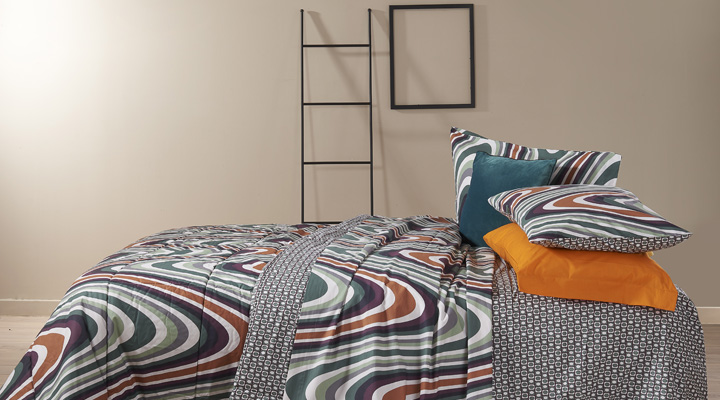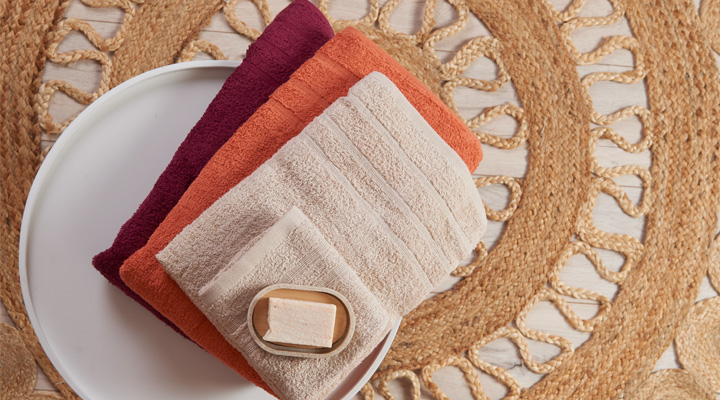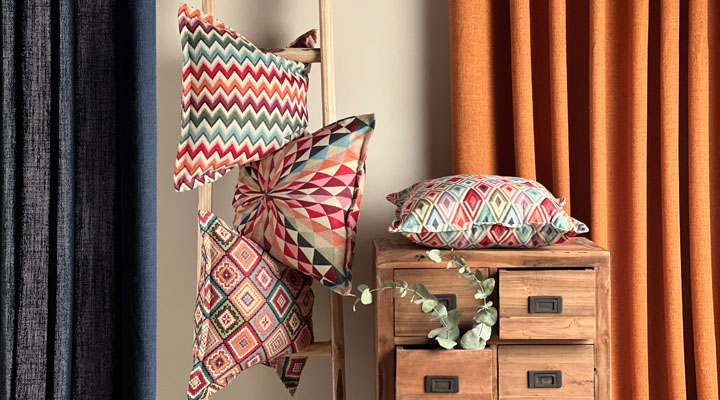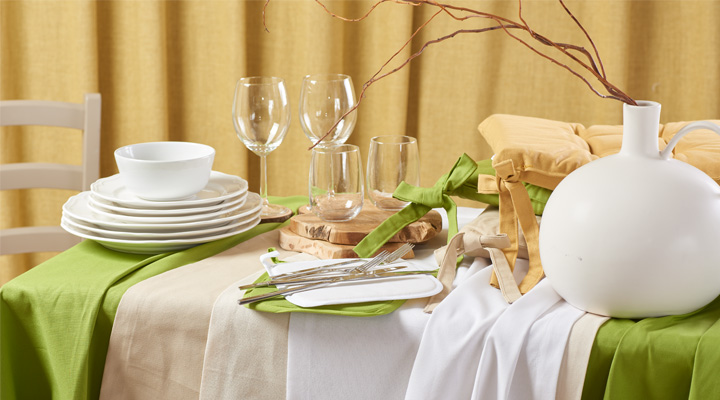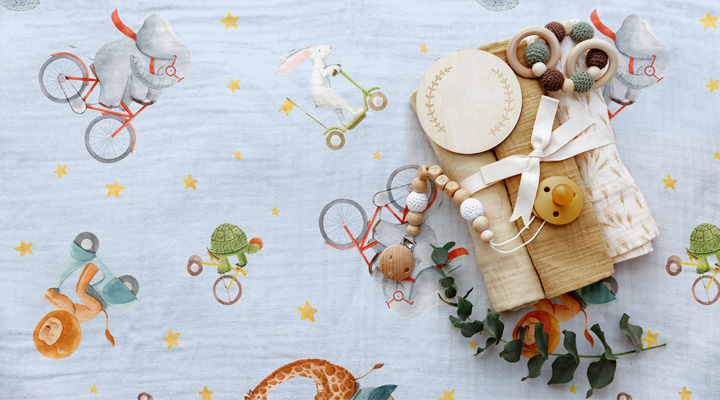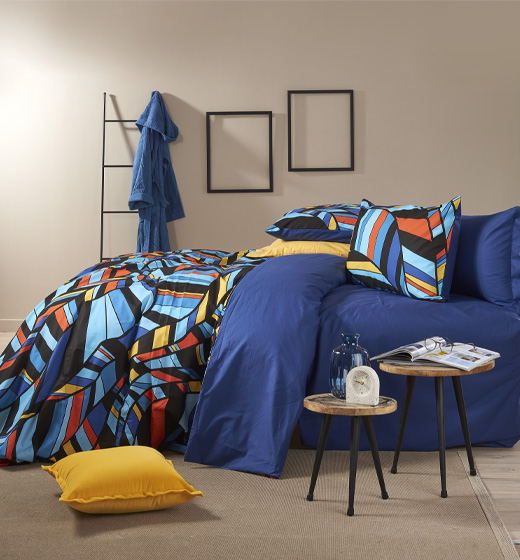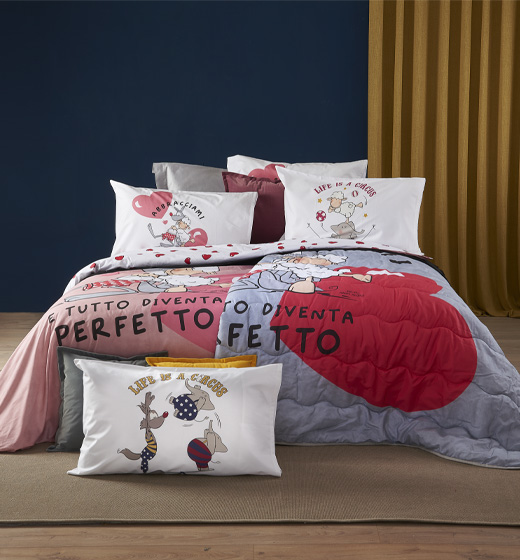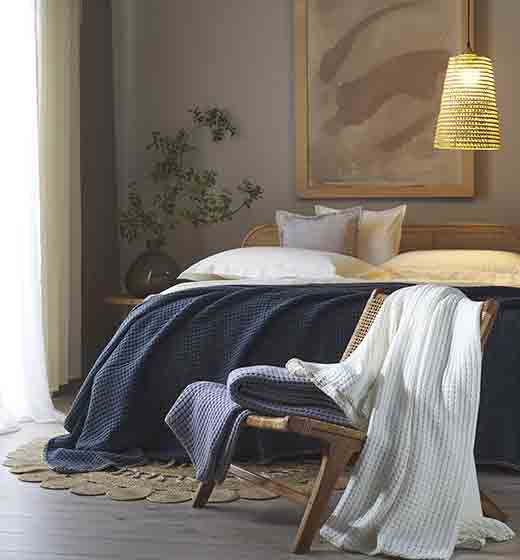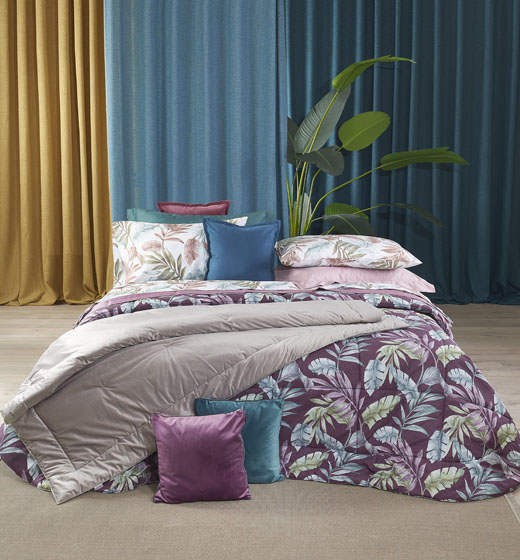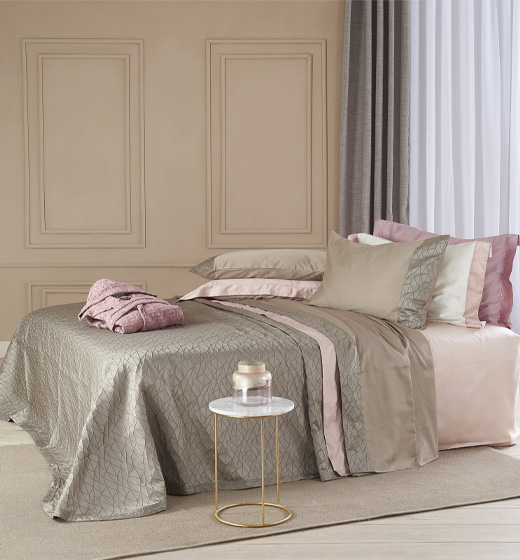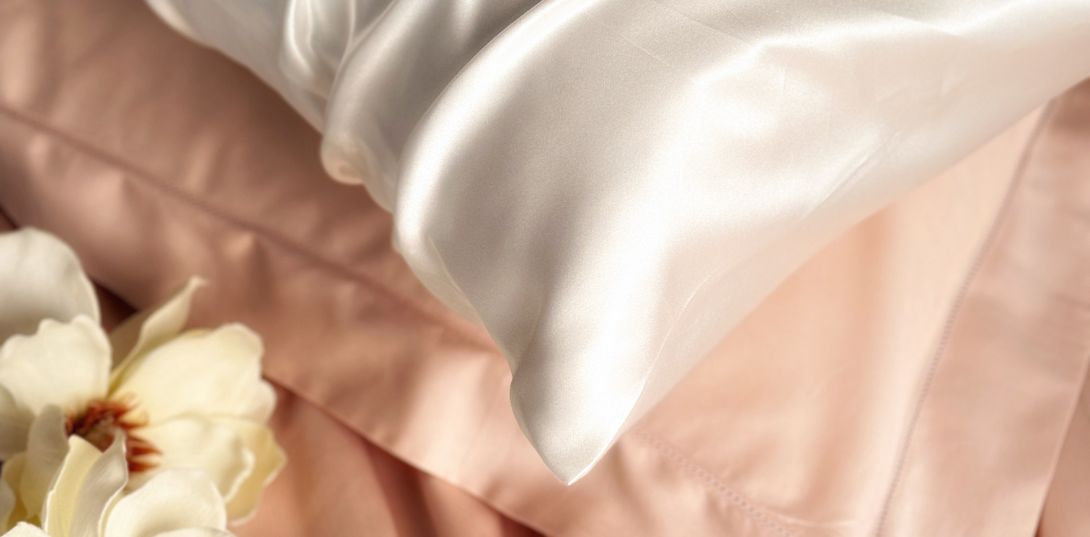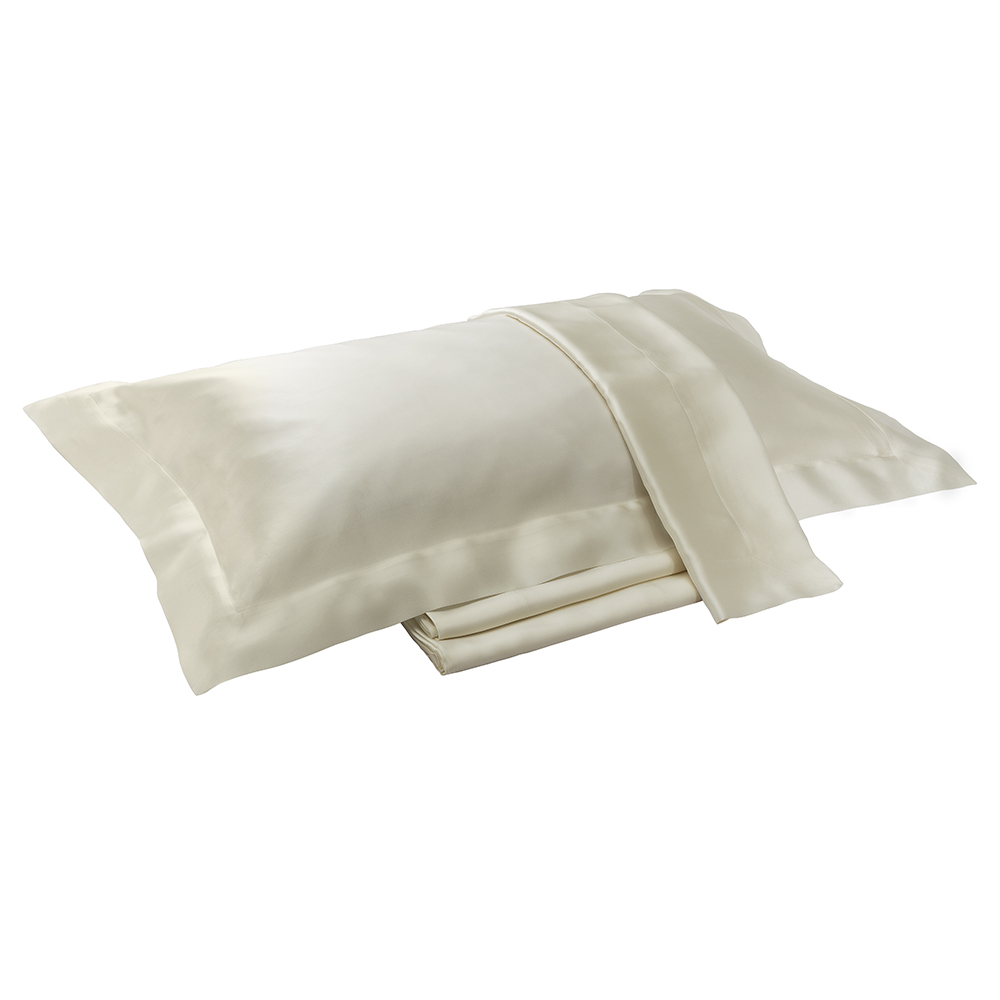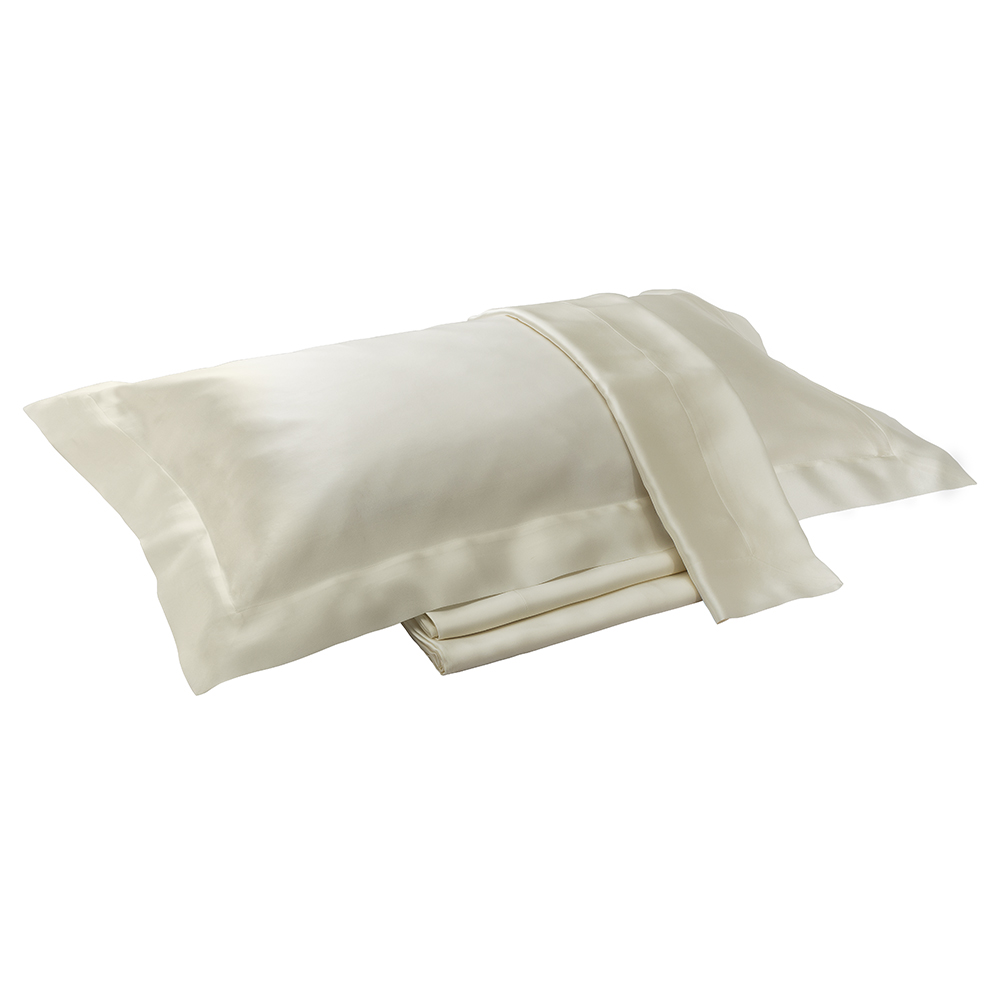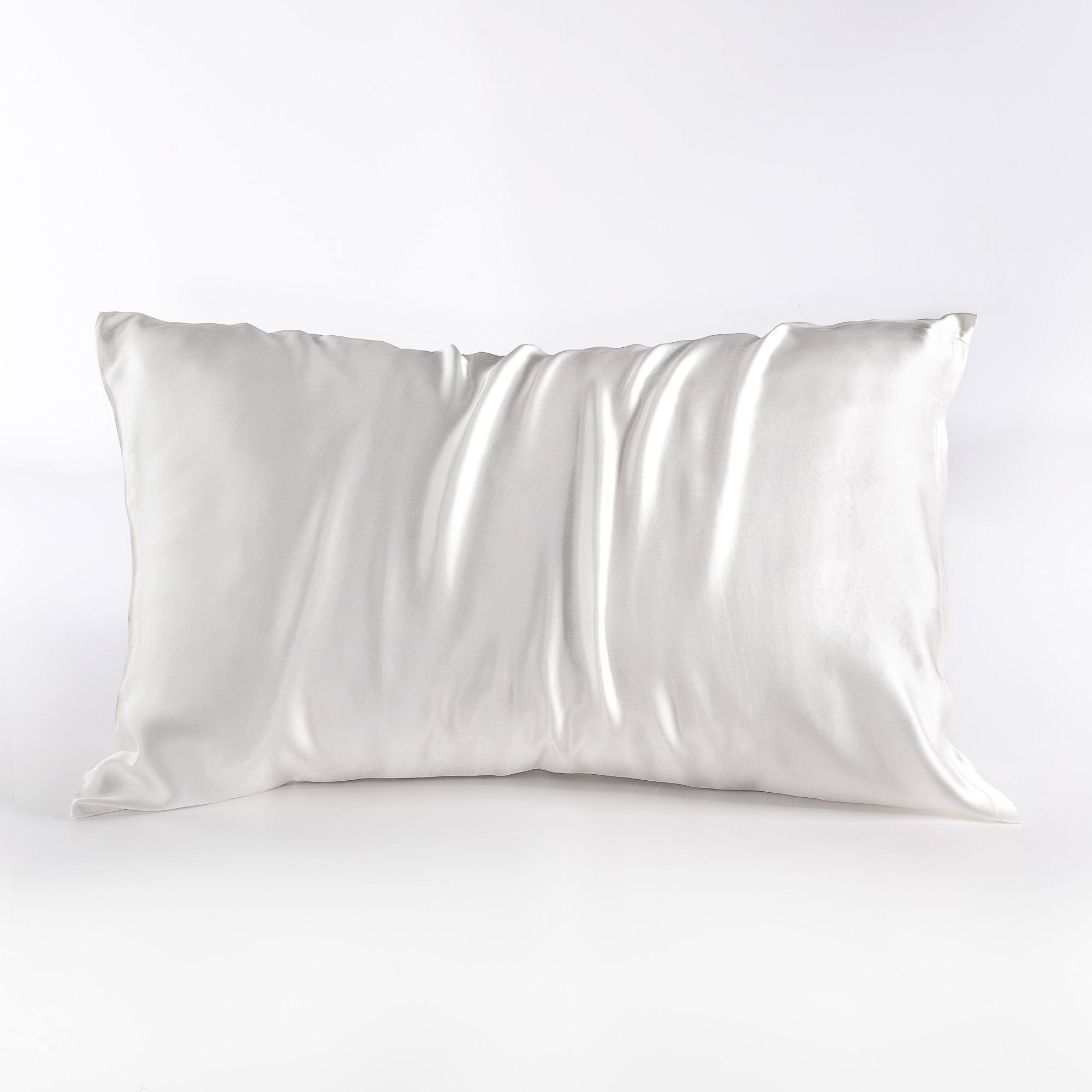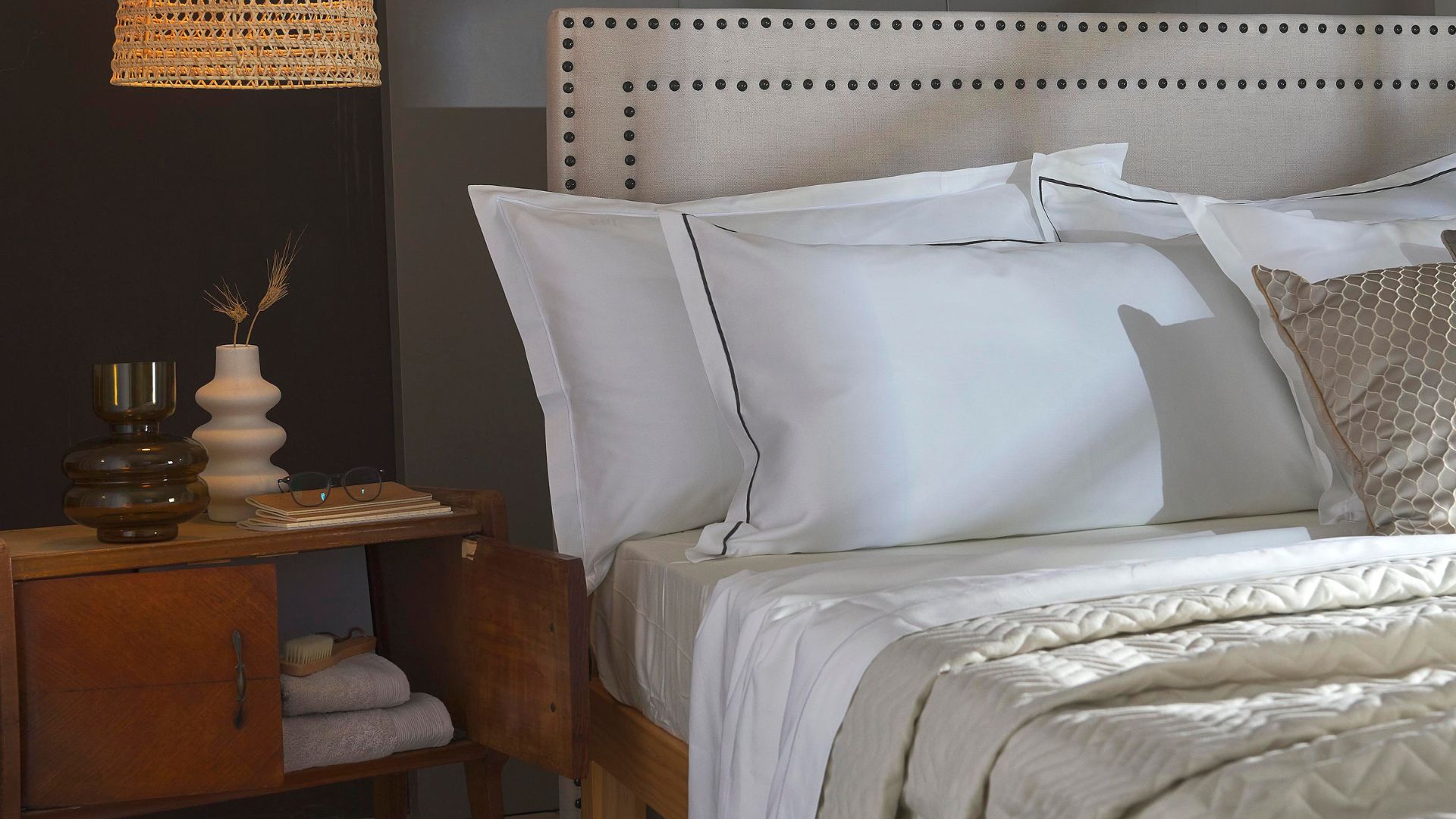If you are passionate about furniture and textiles, you cannot miss the fascinating history of silk. You will learn about the origins of this precious material, how it came to Europe, and how it is produced by the silkworm. In addition, we will reveal silk's unique characteristics, its benefits, and its processing. Finally, we will show you how silk is used in bedding, such as pillowcases and sheets. By reading this article you will learn everything you need to know about the history and uses of silk in home decor. Enjoy your reading!
The origins of silk
The history of silk has its roots in ancient China, where silk production dates back more than five thousand years. According to legend, Empress Hsi Ling Shi, wife of Emperor Huang Ti, accidentally discovered the secret of silk while relaxing in a garden under a mulberry tree. A cocoon fell into her hot tea and she noticed how the thread unwound. From this moment, the art of cultivating silkworms and producing fine yarn was born.
The origins of silk are a testament to human ingenuity in discovering and exploiting natural resources to create innovative and valuable products. The thousand-year history tells us of a material that is still prized for its beauty, luster and softness, making it an important element in home furnishings and supplies.
How silk came to Europe
As reported by Treccani, silk was initially a commodity reserved for the emperors: they alone held the privilege of wearing the fine clothes made from this fabric. Soon, however, silk became an integral part of Chinese daily life and culture, finding application in a variety of areas, such as in the production of clothing, ornaments, strings for musical instruments, and fishing nets.
Its economic significance grew to the point that China began exporting it to the West along trade routes, consolidating its importance in the Western world. Although the method of production remained a well-kept secret for a long time, even in ancient times silk was known in the Western world through trade. The Silk Road was named after this precious fabric, which was one of the main commodities transported along these trade routes.
It was not until the 6th century A.D. that some monks brought knowledge related to silk production to Byzantium, thus starting sericulture in that region. However, it was not until the 13th century that Europe developed its own silk industry, and during the Renaissance Italy became a world-renowned center of production.
Today, China has regained world leadership in silk production, but although the advent of synthetic fibers reduces its use in some areas, silk continues to be a prized and sought-after fabric.
Silk production from the silkworm
Silk production from the silkworm is a fascinating and complex process that has ancient roots in Chinese culture. Silk is produced by silkworms, which are reared in special containers to ensure optimal temperature and humidity conditions.
The caterpillars feed exclusively on mulberry leaves, a special type of tree prized for its succulent and nutritious leaves. After eating enough, the caterpillars switch to the chrysalis stage and weave around themselves a cocoon consisting of silk filaments up to 900 meters long.
Once the weaving of the cocoon is complete, the cocoon is immersed in hot water to dissolve the natural glue that holds the filaments together, allowing them to unwind without interruption. The filaments are then gathered and joined together to form the raw silk thread, which will later be processed to produce fine fabrics such as pillowcases or silk sheets.
This ancient process requires great care and skill to achieve the desired quality of silk, making it a valuable and sought-after fabric even today.
Discover Fine Silk Home Linen
Go to catalogueCharacteristics of silk
Silk is a fabric known for its incredible characteristics, but it also presents some challenges in its production and maintenance. One of the main characteristics of silk is its delicacy: if it is not treated with care, it can easily break or get damaged. Fortunately, you only need to rely on reliable manufacturers and follow all the washing tips to preserve silk's characteristics.
Silk is extremely light and soft to the touch, offering unparalleled comfort when used for bedding such as pillowcases or silk sheets. In addition, silk has a natural luster that lends a luxurious appearance to fabrics, making it a popular choice for high-end home furnishings.
Despite the challenges in producing and maintaining silk, its outstanding characteristics make it a highly valued and sought-after fabric in the home furnishings industry.
Benefits of silk
Silk offers a number of benefits that make it an ideal fabric for bedding. For example, silk has been shown to have anti-aging effects on the skin, and this is especially evident when using silk pillowcases such as Missing Translation. These pillowcases help to reduce facial wrinkles and prevent the onset of new fine lines while sleeping, thanks to silk's gentle, smooth surface that reduces friction on the skin. In addition, silk is able to maintain skin hydration overnight, thus helping to maintain a youthful and fresh appearance. In addition to its anti-aging effects, silk also has anti-frizz properties that can help keep hair healthy and shiny. Finally, silk's soothing properties are beneficial for those suffering from skin problems such as eczema or dermatitis: the fabric's gentleness reduces skin irritation and can help improve skin conditions while sleeping. These benefits confirm why more and more people are choosing silk bedding to improve the quality of their rest and take care of their skin and hair.
Silk processing
The artisanal processing of silk requires great care and attention to detail to achieve a high-quality fabric. The first stage involves extracting the filaments produced by the silkworm, a delicate process that requires precision.
Next, the filaments are woven to create the fabric, which is then treated with natural substances to give it luster and softness. Throughout the process, it is crucial to pay special attention to the temperature and humidity of the surrounding environment in order to ensure the highest quality of the finished product.
Once the processing is complete, the silk can be used to create high-quality clothing, accessories or bedding. It is important to carefully follow maintenance and washing instructions to preserve the fabric's unique properties, avoiding the use of harsh detergents that could damage its delicate fibers.
With proper care when processing and using silk, you can enjoy its unique characteristics and benefits for a long time.
Silk bedding
Silk bedding offers a unique combination of luxury, comfort and health benefits. Due to its natural characteristics, such as its ability to regulate temperature and absorb moisture, silk sheets offer restful and relaxing sleep.
In addition, silk fabric is gentle on the skin, reducing the risk of irritation and allergies. By carefully following the care instructions for silk bedding, its qualities can be preserved for many years.
Using gentle detergents and washing at low temperatures are essential to keep silk's properties intact over time. Investing in silk bedding is a way to improve the quality of your sleep and take care of your health, ensuring that each night is a true wellness experience.
The fascinating history of silk is clearly reflected in its practical applications in everyday life, offering a direct connection between the richly traditional past and modern needs for comfort and style.

